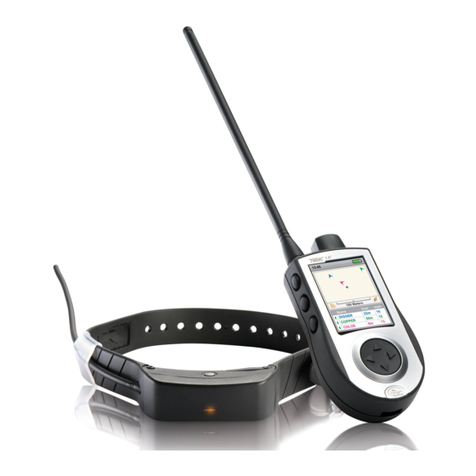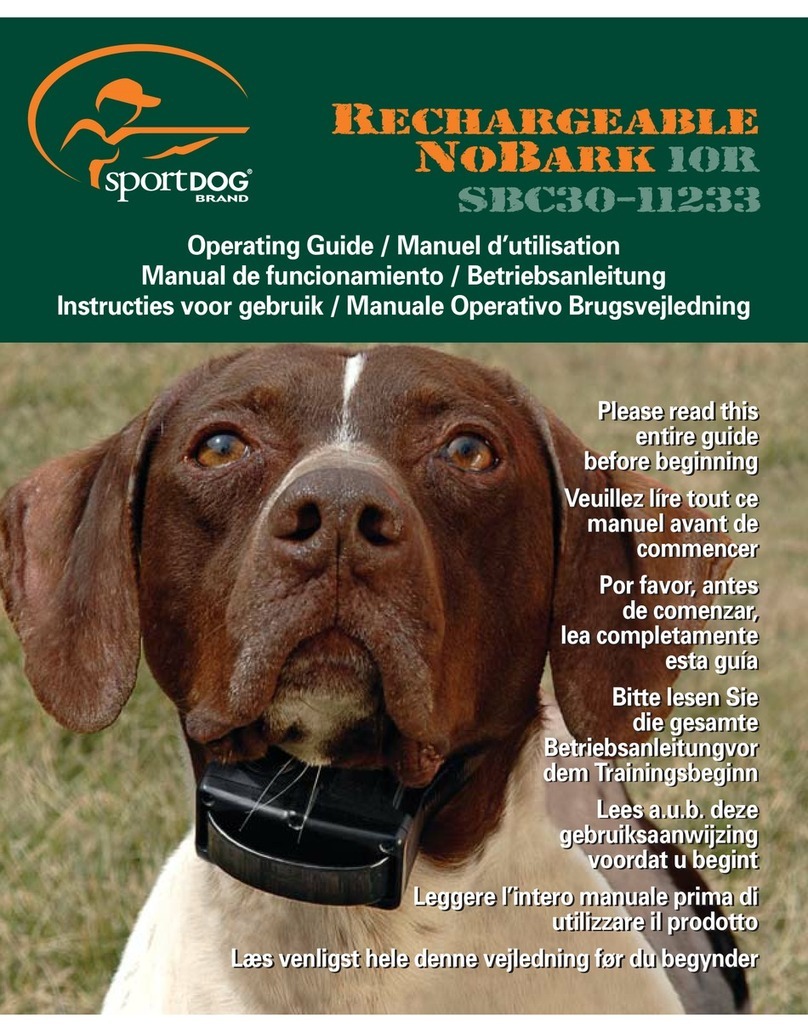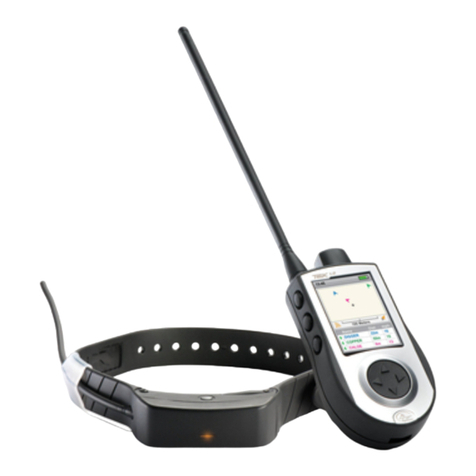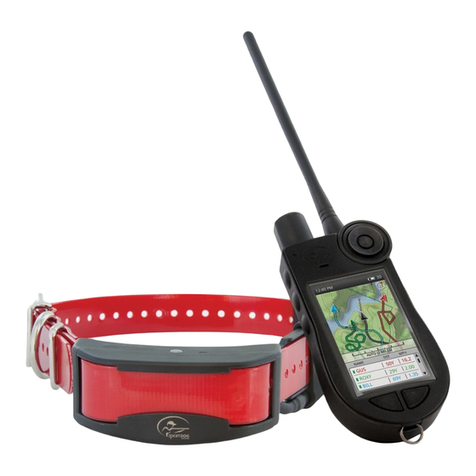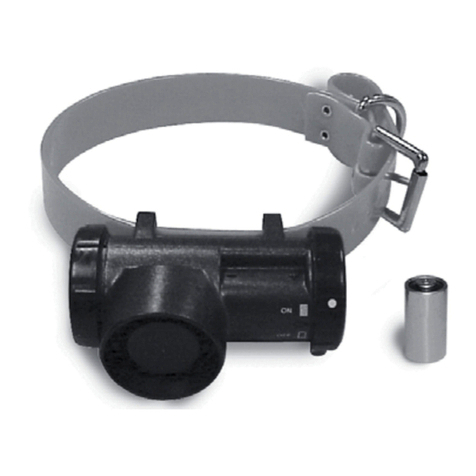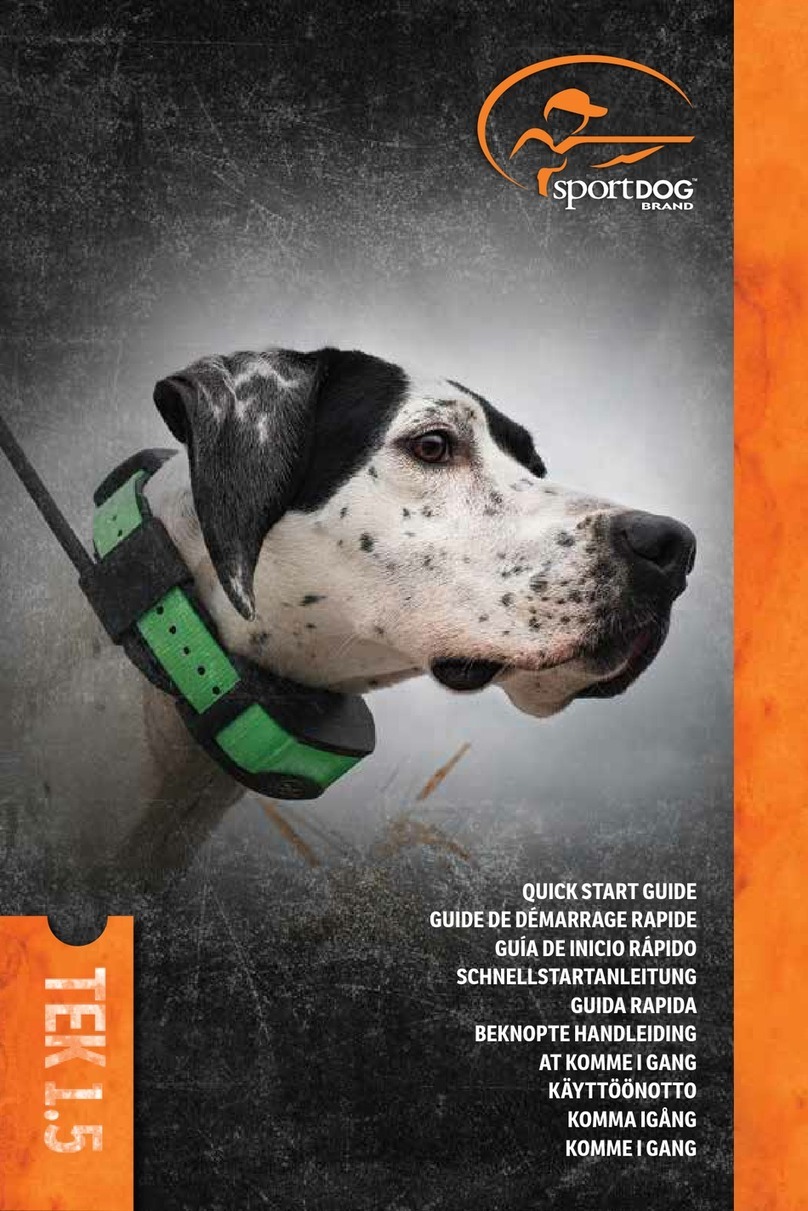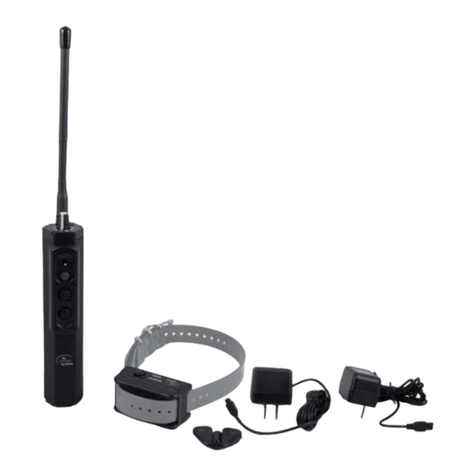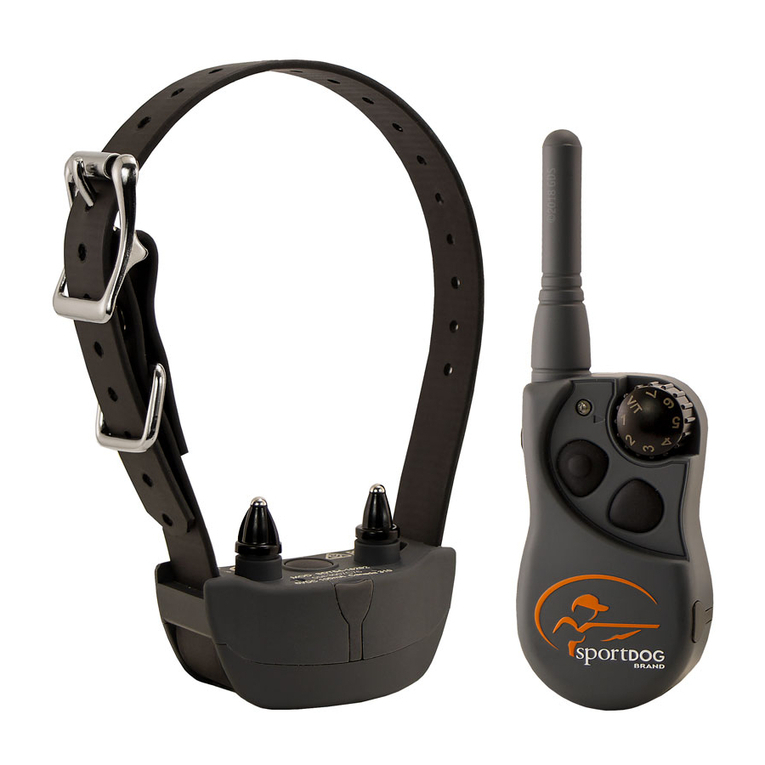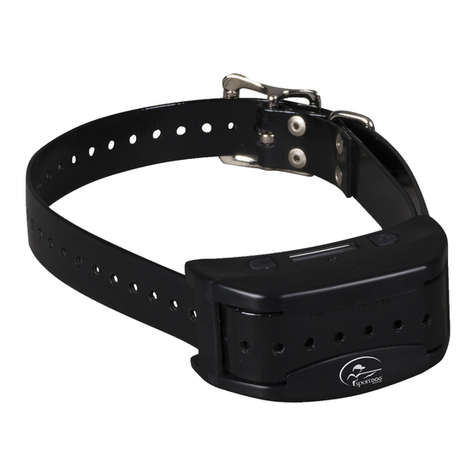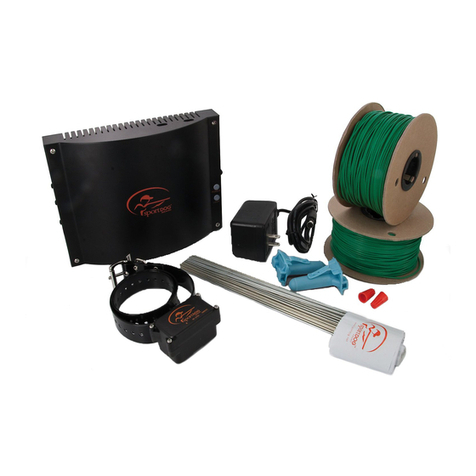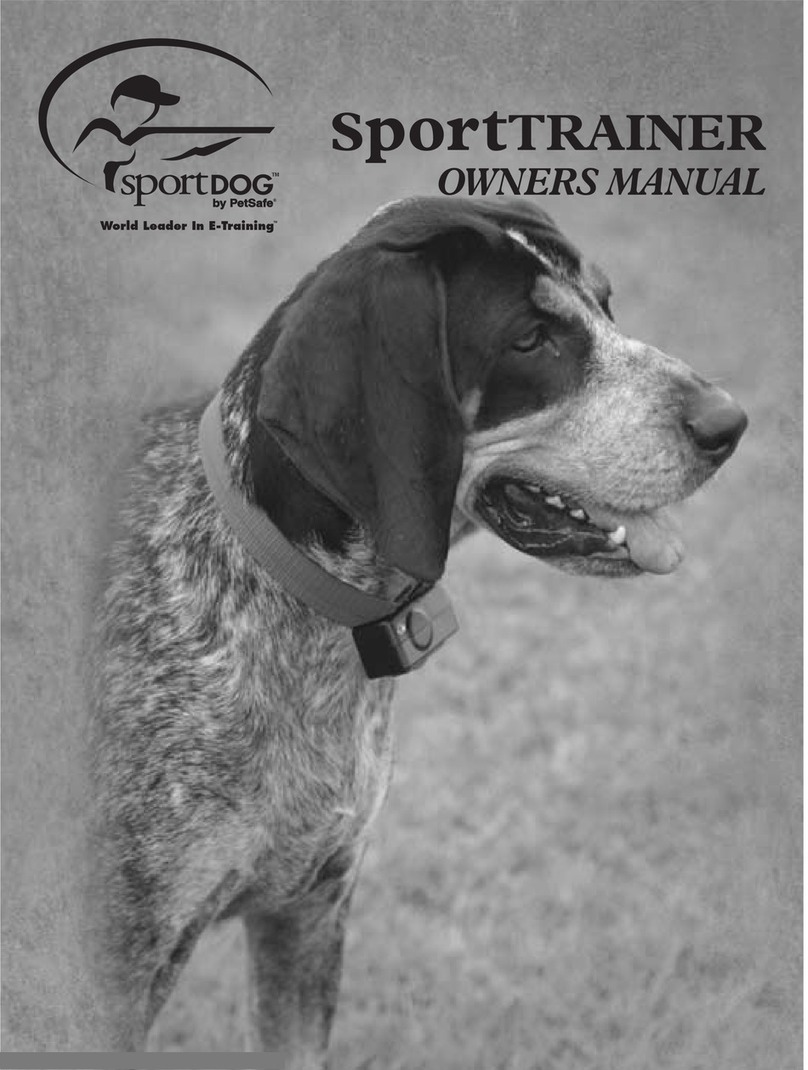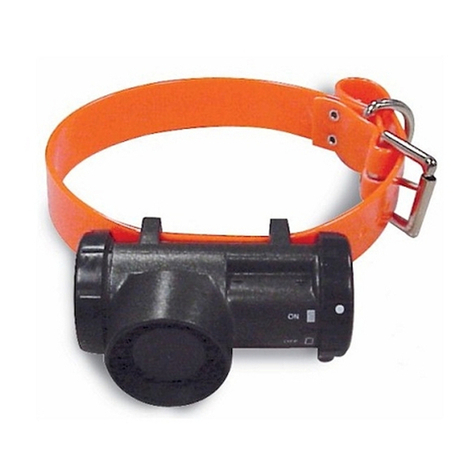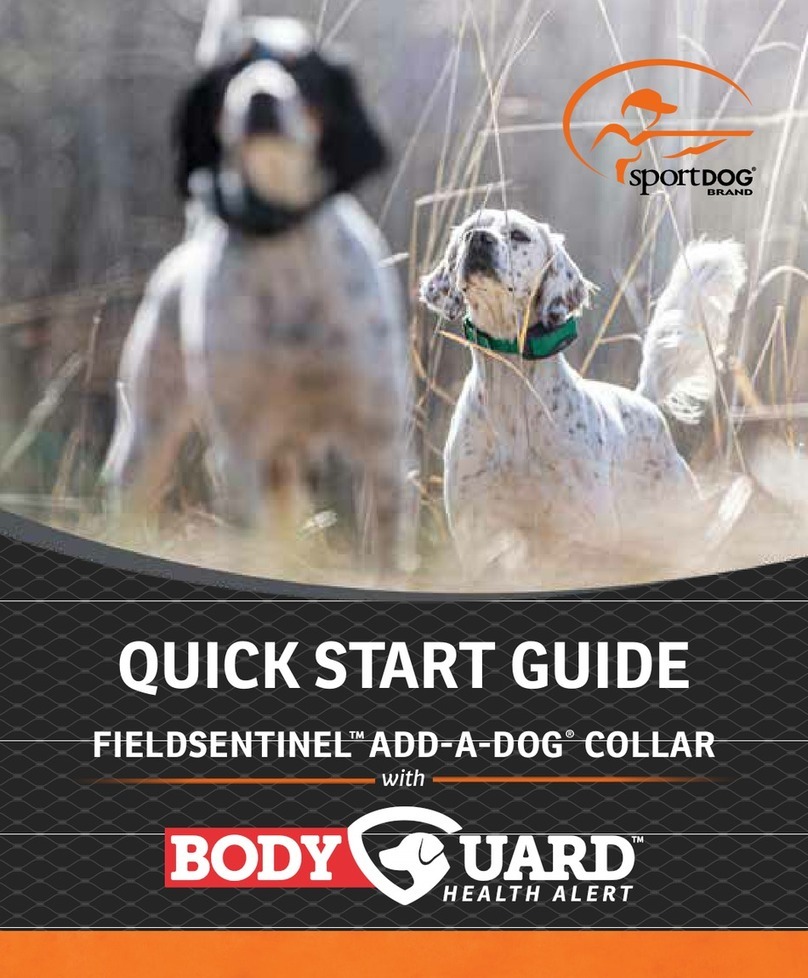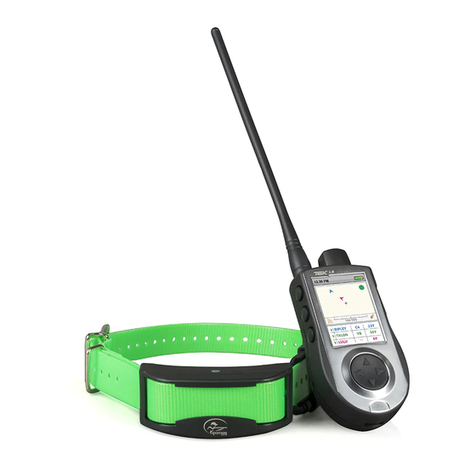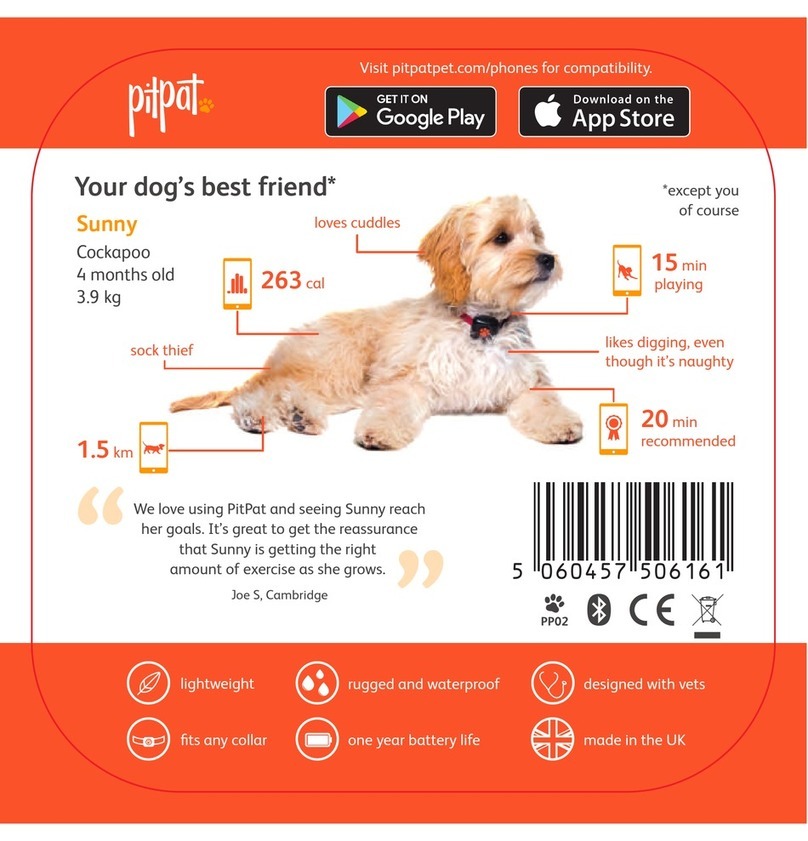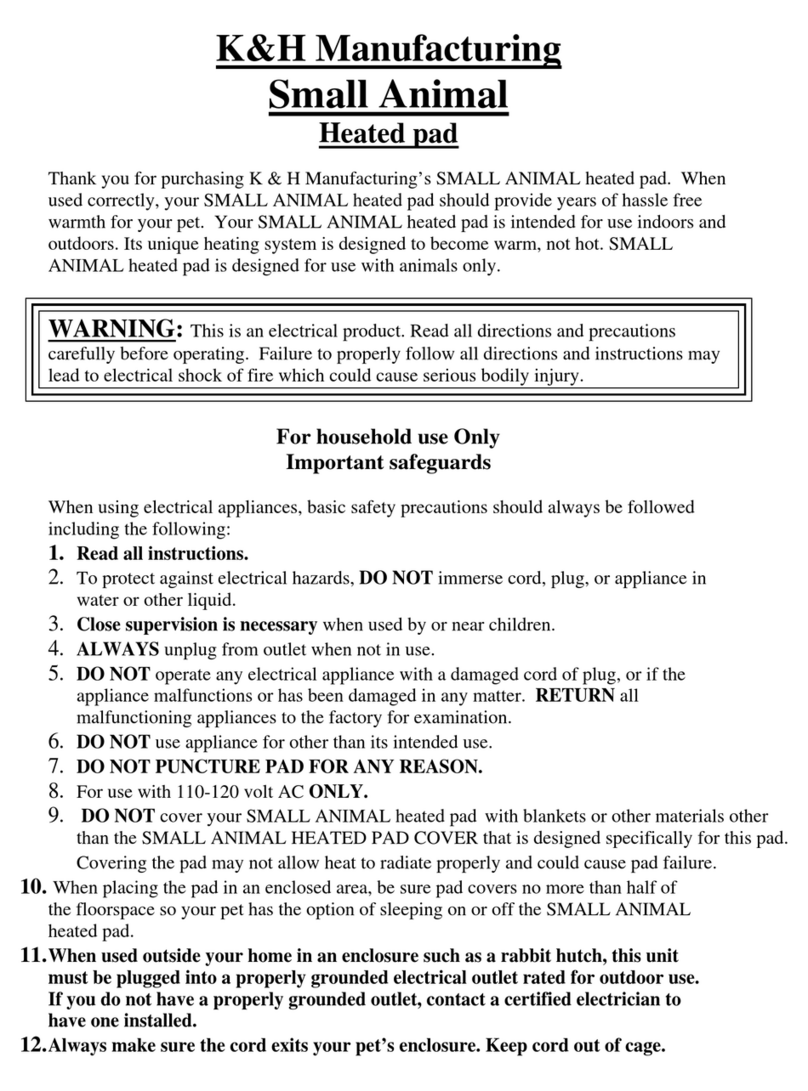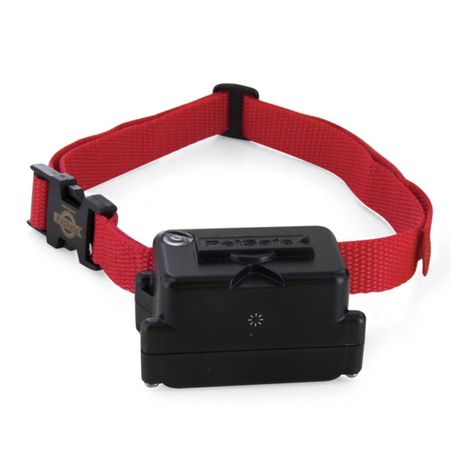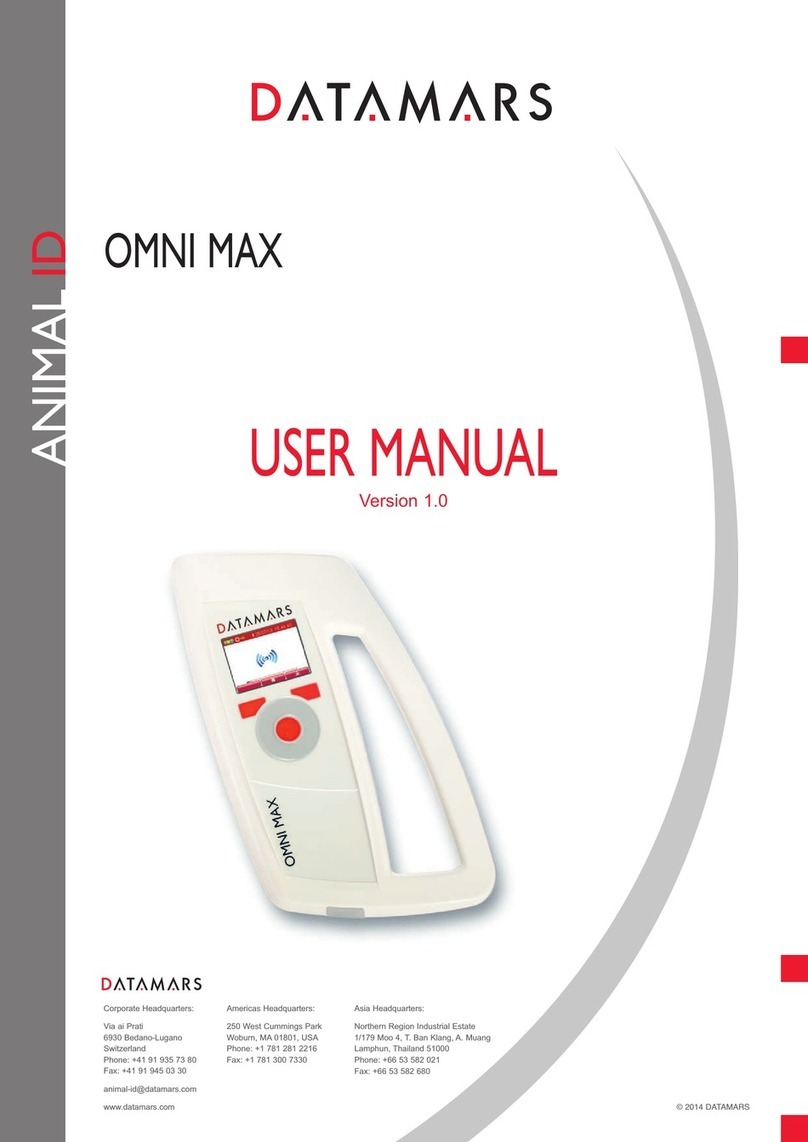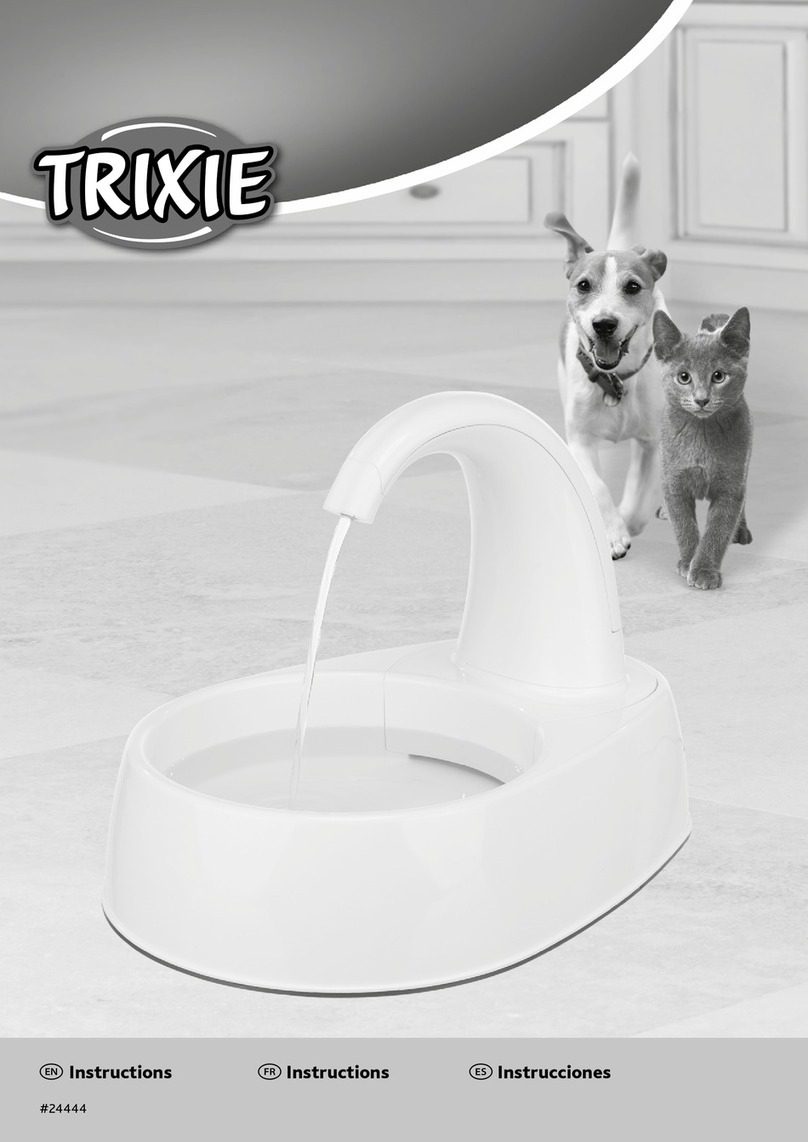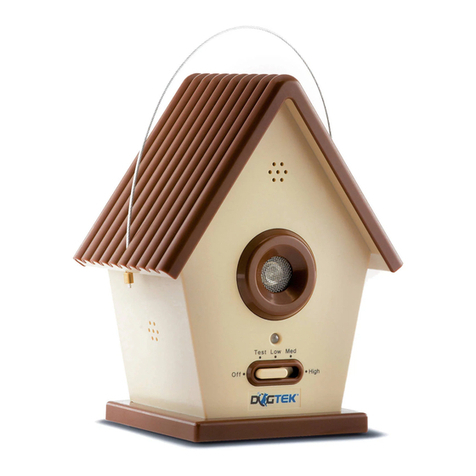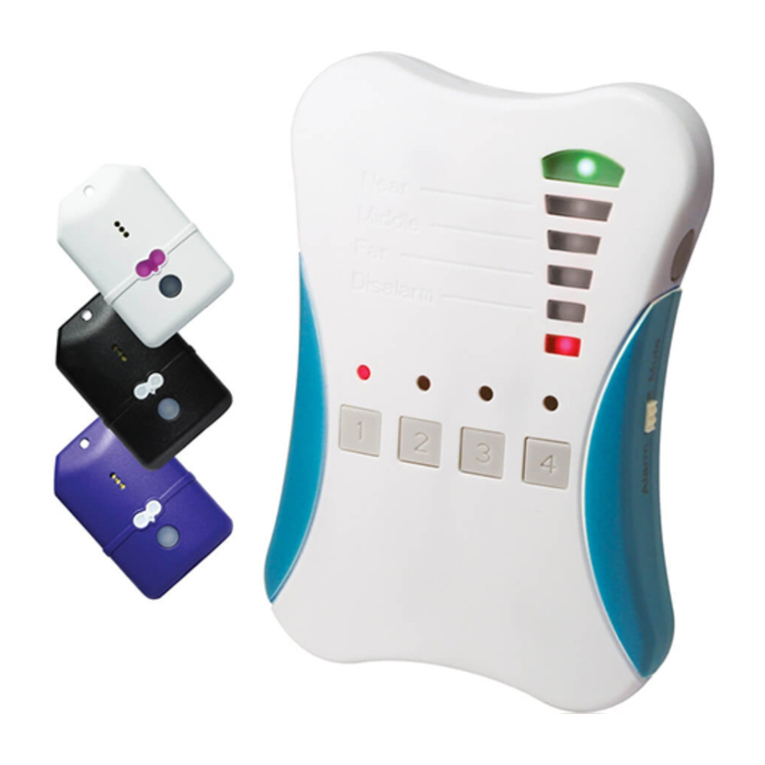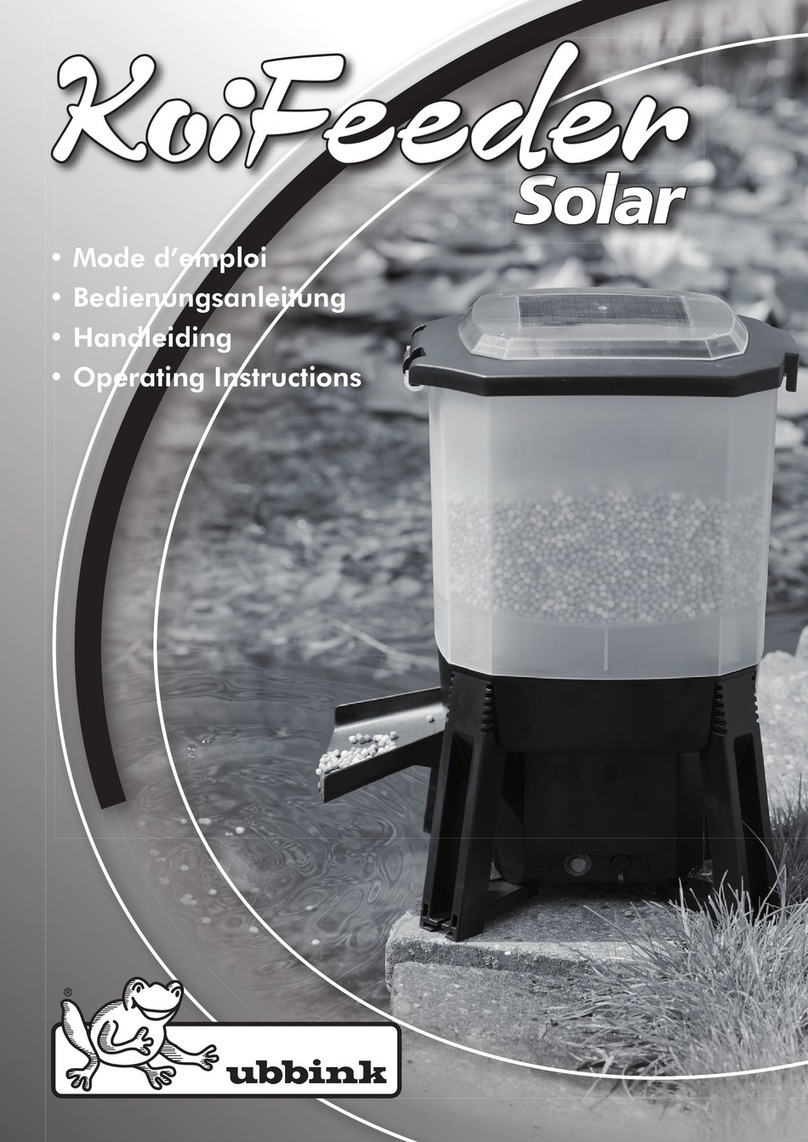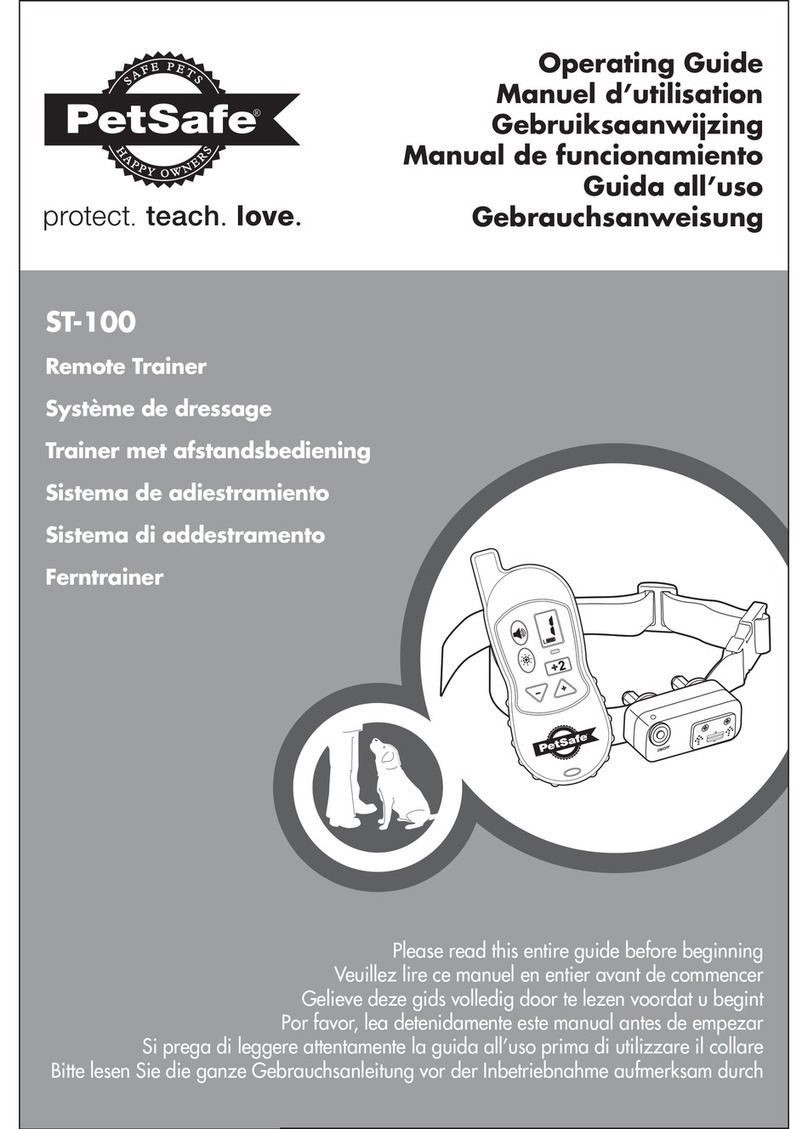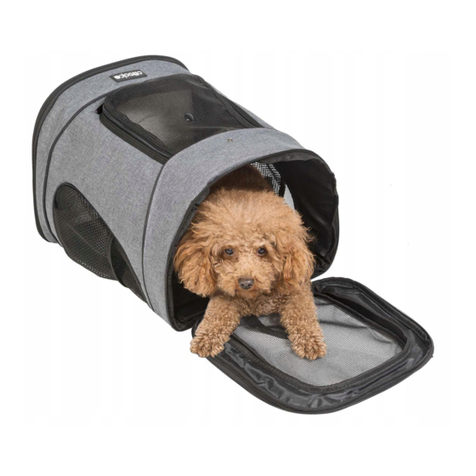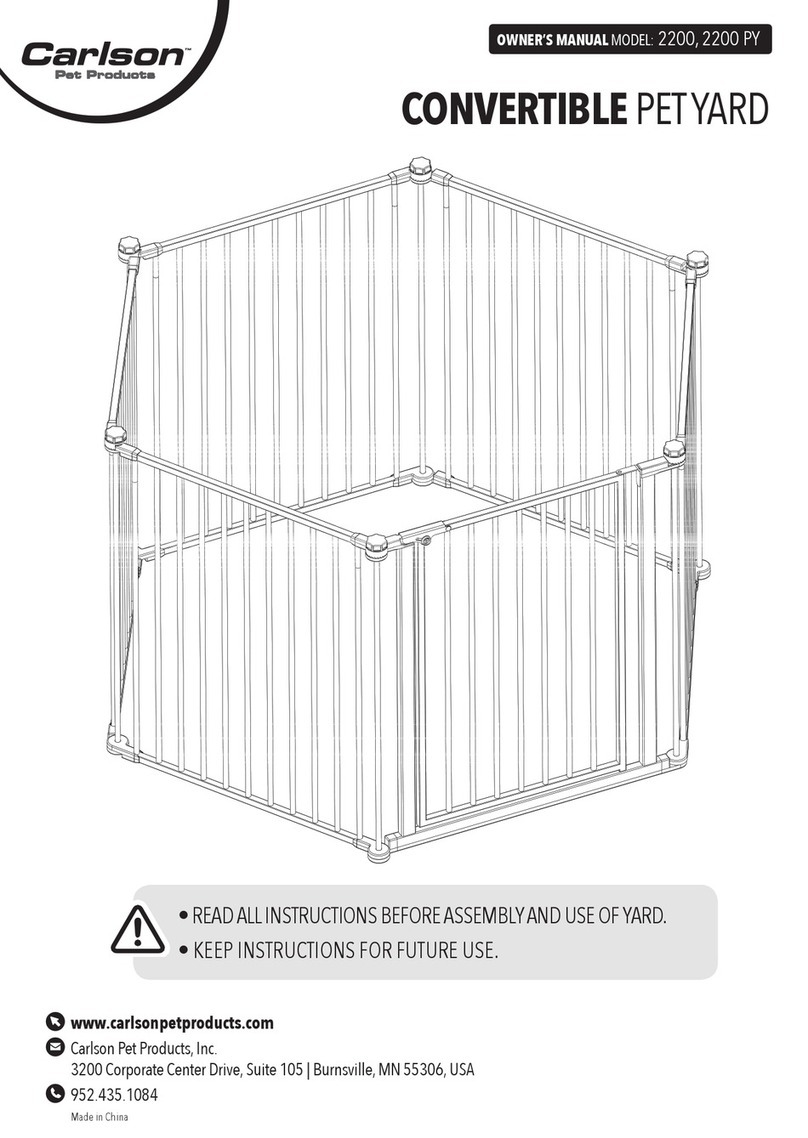
10
BASIC TRAINING
BEFORE TRAINING YOUR DOG WITH THIS PRODUCT
You will have the most success using this Remote Trainer if you always remember to teach a
command before trying to reinforce the command with a Remote Trainer. We recommend that
you read the following Basic Training instructions before training with this Remote Trainer. Your
training will be easier and proceed faster if you follow the guidelines in this teaching assistant.
BASIC TRAINING WITH PRO TRAINER CHARLIE JURNEY
TRAINING YOUR DOG TO PERFORM OBEDIENCE COMMANDS ON A LEASH
It is mandatory that you control your dog’s actions during every training session. Initially,
controlling your dog during obedience training sessions is accomplished in two ways: 1) the leash
and 2) the tone of your voice. While on the leash, your dog does not have an opportunity to escape
through the instinctive mechanisms all canines possess. Bolting, biting, and quitting are no longer
options. Your tone of voice will later take the place of the leash. Later the e-collar will replace both
and you will be able to put the leash away until you train your next dog.
Your dog should always work for you because you are the most important relationship in its life,
and pleasing you should be at the top of its priority list. The positive reward any dog appreciates
most from a trainer is a thank you in the form of a loving shoulder stroke, affectionate eye contact,
and a sincere “good dog.” If your dog does not light up on any of those three, you need to reevaluate
your relationship. Each command should be followed with a positive reward of some fashion when
your dog follows your lead.
THE FIRST COMMAND: NO
The first command your dog will learn is “No.” Usually your dog will understand this command
by the end of its first day with you. Your dog hears this command each time it is doing something
wrong and it comprehends the command by the way you say it. Your dog may have been running
around the house with your wife’s pantyhose in its mouth or chewing on your prized decoy when
it hears that dreadful word. Intonation expresses your feelings to your dog in a language that is
universal. The tone of your voice tells your dog that it is in trouble and through repetitive use, the
word “No” comes to mean the same thing. Voila! Our first conditioned response! (Thank you, Dr.
Pavlov).
“No” means stop what you are doing immediately. Put yourself in your dog’s place when it hears
this command and understands it. The dog is thinking it must quickly stop what it is doing. Your
dog would gladly obey you, if it only knew what you desired. For this reason, when your dog does
stop doing whatever it was that bothered you, you must give another command expressing what
will please you. “No” is always followed with something that will make you happy. When you are
happy, your dog will see it through your eyes, feel it by your touch, and hear it in your tone. And,
that is your dog’s positive reward. Even when it makes a mistake and is corrected by the word “No,”
it receives a reward by following your next command. This is a simple and foolproof method.

